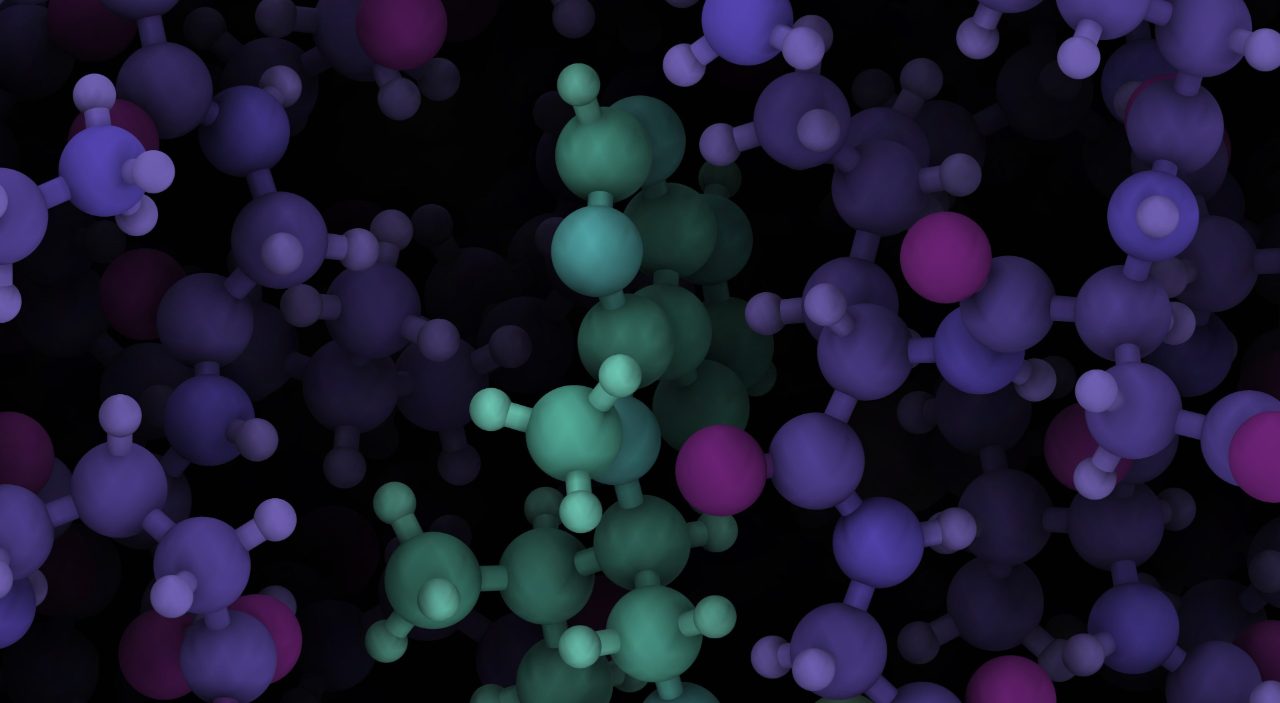

Protein-based 19F NMR as a Ligand Discovery Tool
Protein-protein interaction (PPI) modulation via small molecules remains a significant challenge for therapeutic development. NMR methods, both ligand-based and protein-based have proven to be efficient solutions to help address this problem.
Fluorine NMR in particular is growing in popularity in both academic and industrial settings due to the availability of dedicated 19F-tuned NMR probes.
Using a Prodigy cryoprobe in the Department of Chemistry at the University of Minnesota, the Pomerantz laboratory is applying protein-observed 19F NMR (PrOF NMR) for small molecule ligand discovery for PPIs.
Fluorine is similar in size to hydrogen and thus proteins can be readily labeled with fluorine atoms using the natural cellular machinery. Due to fluorine’s absence in all of Nature’s biopolymers (i.e, polysaccharides, proteins, and nucleic acids), one has a bioorthogonal probe to study a protein of interest.
Fluorine-19 is a sensitive NMR active nucleus, making its NMR signals readily observable and highly responsive to changes in environment. Fluorine’s signal sensitivity, lack of a biological background, and responsive reporting on environmental changes, make it a powerful NMR nucleus for accelerating the PPI ligand discovery process.
Pomerantz et al. previously applied PrOF NMR against the transcription factor KIX (ACS Chem. Biol. 2012) carrying out a 50 compound pilot small molecule screen.
They have now extended this study to epigenetics with bromodomains, Brd4, BrdT and BPTF (Mishra et al. ACS Chemical Biology, 2014 in press).
Figure 2 illustrates an example of two bromdomains labeled with 5-fluorotryptophan (5FW). Three well-resolved resonance are observed for bromodomain Brd4 and binding by small molecule (+)-JQ1 is readily detected near Trp 81 via a significant chemical shift perturbation (bottom two spectra) and small effects in Trp 75.
The simplified spectra led to the simultaneous testing of bromodomains Brd4 and BPTF to assess protein selectivity (third and fourth spectra).
Due to the speed of data collection (chemical shift information obtained in < 5 min), low protein concentration (25-50 μM), and conserved aromatic contacts, which are labeled with fluorine, this method is well-suited for screening against bromodomains in isolation or with multiple bromodomains.
- For more information on the Pomerantz lab’s “Drugging the undruggable” research visit www.chem.umn.edu/groups/pomerantz
- For find out how the CryoProbe Prodigy can triple NMR sensitivity within budget, visit www.bruker.com/prodigy
* Figures reprinted with permission from ACS Chem. Biol., Article ASAP, DOI:10.1021/cb5007344, Copyright © 2014 American Chemical Society.


